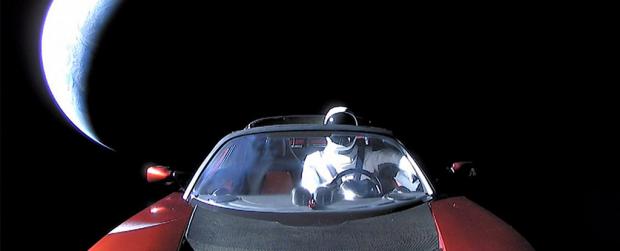
Breaking News
 The Silver Price Signal Everyone Is Missing | Mike Maloney & Alan Hibbard
The Silver Price Signal Everyone Is Missing | Mike Maloney & Alan Hibbard
 House Democrat introduces impeachment articles against RFK Jr
House Democrat introduces impeachment articles against RFK Jr
 Home sellers are giving up at 'unusually high rate,' says new Realtor report
Home sellers are giving up at 'unusually high rate,' says new Realtor report
 Gen X is ungovernable. Forged by childhood experiences, freedom was intergrated into our DNA.
Gen X is ungovernable. Forged by childhood experiences, freedom was intergrated into our DNA.
Top Tech News
 Build a Greenhouse HEATER that Lasts 10-15 DAYS!
Build a Greenhouse HEATER that Lasts 10-15 DAYS!
 Look at the genius idea he came up with using this tank that nobody wanted
Look at the genius idea he came up with using this tank that nobody wanted
 Latest Comet 3I Atlas Anomolies Like the Impossible 600,000 Mile Long Sunward Tail
Latest Comet 3I Atlas Anomolies Like the Impossible 600,000 Mile Long Sunward Tail
 Tesla Just Opened Its Biggest Supercharger Station Ever--And It's Powered By Solar And Batteries
Tesla Just Opened Its Biggest Supercharger Station Ever--And It's Powered By Solar And Batteries
 Your body already knows how to regrow limbs. We just haven't figured out how to turn it on yet.
Your body already knows how to regrow limbs. We just haven't figured out how to turn it on yet.
 We've wiretapped the gut-brain hotline to decode signals driving disease
We've wiretapped the gut-brain hotline to decode signals driving disease
 3D-printable concrete alternative hardens in three days, not four weeks
3D-printable concrete alternative hardens in three days, not four weeks
 Could satellite-beaming planes and airships make SpaceX's Starlink obsolete?
Could satellite-beaming planes and airships make SpaceX's Starlink obsolete?
SpaceX Hid a Second, Hidden Payload Aboard Falcon Heavy, And It Sounds Amazing

Stashed inside the midnight-cherry Roadster was a mysterious, small object designed to last for millions (perhaps billions) of years – even in extreme environments like space, or on the distant surfaces of far-flung planetary bodies.
Called an Arch (pronounced 'Ark'), this tiny storage device is built for long-term data archiving, holding libraries of information encoded on a small disc of quartz crystal, not much larger than a coin.
According to Arch Mission Foundation, the California-based nonprofit behind the technology, these Archs could "preserve and disseminate humanity's knowledge across time and space, for the benefit of future generations".
The Arch looks like a shrunk-down DVD or Blu-ray, but its potential for data storage goes way beyond any optical discs you have in your home.
The technology, developed by physicist Peter Kazansky from the University of Southampton in the UK, can theoretically hold up to 360 terabytes of data, about the same amount as 7,000 Blu-Ray discs.

 First totally synthetic human brain model has been realized
First totally synthetic human brain model has been realized Mach-23 potato gun to shoot satellites into space
Mach-23 potato gun to shoot satellites into space

